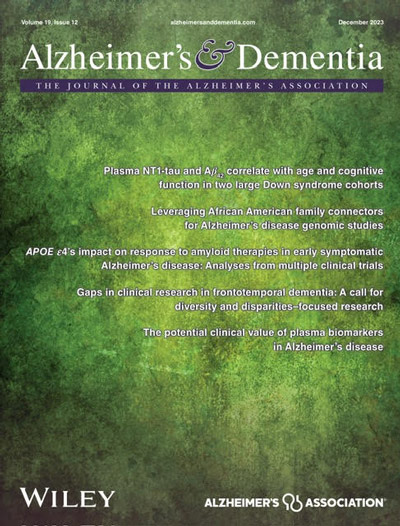Demographically adjusted normative data among Peruvians with diverse education levels for version 3 of the Alzheimer's Disease Centers’ neuropsychological test battery in the Uniform Data Set
Abstract
INTRODUCTION
Demographically adjusted norms are essential for interpreting cognitive tests, yet none exist in Peru for the Alzheimer's Disease Centers’ (ADCs) neuropsychological test battery, especially among low-education populations.
METHODS
We assessed 340 healthy adults (ages 43–79, 70% female), balanced by education level (0–6 years, n = 173; ≥ 7 years, n = 167). Participants completed the Uniform Data Set version 3 Neuropsychological Battery (UDS3-NB). Normative values were generated using linear regression with age, education, and sex as predictors.
RESULTS
Education groups were matched for age (p = 0.970) and sex (p = 0.904). Neuropsychological measurements varied significantly between education groups, with education emerging as the primary influential factor across all measures, except semantic fluency: vegetables.
DISCUSSION
This study provides comprehensive normative cognitive data for Peruvian adults across a range of education levels, which will assist in the more precise identification of cognitive impairments. Clinicians can determine individual z scores for each neuropsychological measure with the included calculator.
Highlights
- We developed demographically adjusted normative data and a z score calculator for the Uniform Data Set version 3 Neuropsychological Battery among Peruvian adults.
- Recruitment was balanced by education level (0–6 vs. ≥ 7 years) to reflect the diverse educational backgrounds in Peru.
- Education was the strongest predictor of performance across most cognitive tests, particularly for working memory/executive tasks.
- These normative data support more accurate cognitive assessments and dementia diagnoses in Peruvian populations.




 求助内容:
求助内容: 应助结果提醒方式:
应助结果提醒方式:


